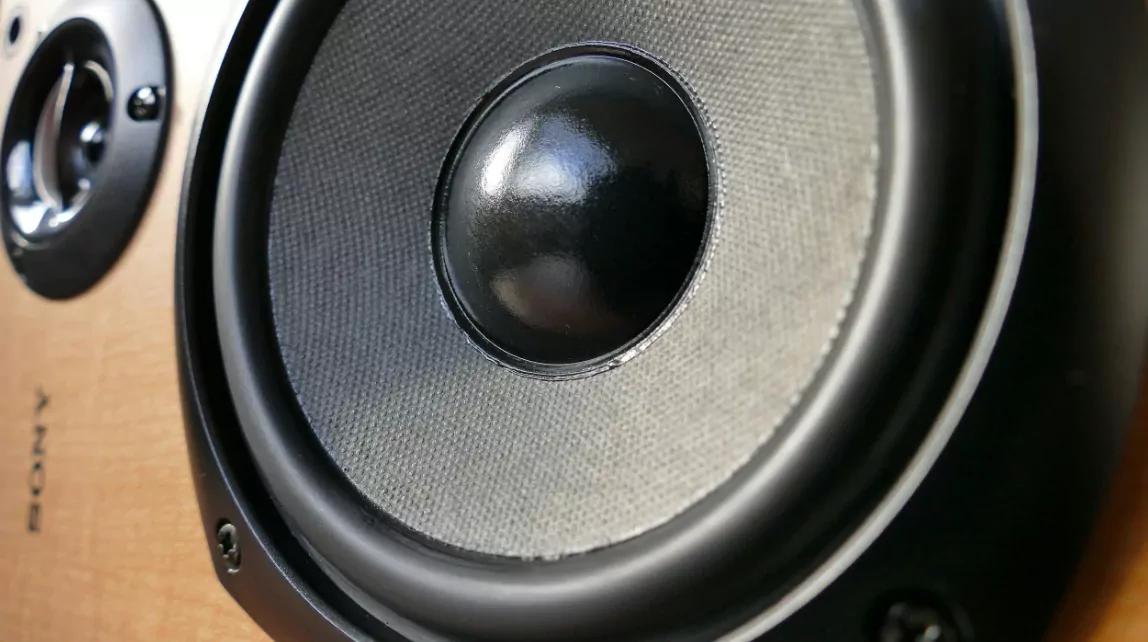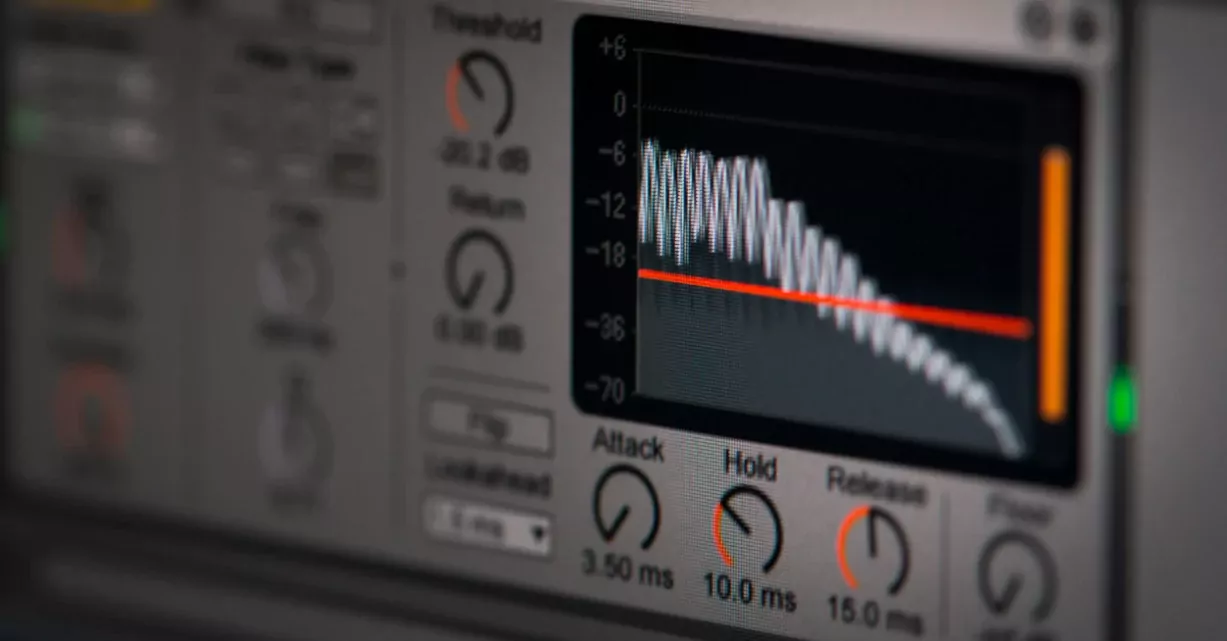Top 5 Conference System Features Every Business Should Look For

In today’s fast-paced business environment, effective communication has become the cornerstone of productivity and collaboration. Whether teams are connecting across departments, presenting to clients, or conducting hybrid meetings with remote participants, the quality of a company’s conference system can make or break the experience. A clear, reliable, and flexible system not only improves understanding but also reflects the professionalism of the organization itself.
As meeting spaces continue to evolve, so do the expectations for audio and video performance. Modern conference systems are no longer limited to simple microphones and speakers — they now integrate advanced technologies that support seamless interaction, wireless connectivity, and intelligent control. Choosing the right setup can significantly reduce technical issues, improve efficiency, and enhance the overall meeting experience.
However, with so many options available on the market, identifying which features truly matter can be challenging. This guide explores the
Top 5 Conference System Features Every Business Should Look For
helping organizations understand what to prioritize when designing or upgrading their meeting environments.

1. Crystal-Clear Audio Quality
The foundation of an effective conference system lies in its ability to deliver crystal-clear audio. In professional environments, even the slightest distortion, echo, or delay can disrupt communication and reduce meeting efficiency. A well-engineered conference system must ensure that every voice—whether from an on-site participant or a remote caller—remains natural, balanced, and intelligible.
High-quality audio is achieved through a combination of advanced digital signal processing (DSP), echo and noise suppression, and acoustic optimization that adapts to the room’s layout and materials. DSP automatically adjusts gain levels, filters out background noise, and eliminates feedback, creating a seamless conversation flow.
Microphone placement also plays a critical role. Poorly positioned microphones can pick up reflections or ambient sounds that compromise clarity. In contrast, directional or boundary microphones capture speech accurately while minimizing interference. Paired with full-range loudspeakers, these components work together to reproduce sound evenly throughout the space, ensuring everyone hears and is heard.
In hybrid or large-scale meetings, clarity becomes even more essential. Integration with video conferencing platforms demands low latency and consistent audio quality across networks. The system should maintain synchronized sound that feels “in-room,” even when participants join remotely.
Ultimately, clear audio isn’t just a technical feature—it’s the core of effective communication. It builds trust, enhances engagement, and allows teams to focus on ideas rather than technical issues. Whether in a corporate boardroom, training center, or government conference hall, crystal-clear sound transforms a meeting from ordinary to productive.
Look for:
- DSP (Digital Signal Processing) for automatic sound optimization
- Feedback suppression and noise cancellation
- High-quality speakers and microphones that deliver natural voice reproduction
Clear, reliable audio helps maintain focus, reduce fatigue, and foster smoother discussions — a must for professional collaboration.
Related Reading: Understanding Audio Mixing: What Does a Mixer Do in an Audio System?

2. Versatile Microphone Options
A reliable conference system must adapt to different meeting styles, room sizes, and communication needs — and that adaptability begins with the right microphone setup. The microphone is the front line of any audio chain; it captures every word, nuance, and tone that shapes effective dialogue. Choosing the proper microphone type ensures that voices are clear, consistent, and free from interference, regardless of the room configuration.
Modern conference systems offer a wide range of microphone options, each designed for specific environments. Gooseneck microphones are ideal for boardrooms or formal settings where speakers remain seated; they provide directional pickup and help minimize background noise. Boundary microphones sit flat on the table surface and capture multiple voices simultaneously, making them perfect for collaborative or roundtable discussions. For more dynamic setups, wireless handheld or lapel microphones allow presenters to move freely without being tethered by cables.
In larger or more structured meetings, push-to-talk delegate units enable participants to control when they speak, helping maintain order and reducing overlapping dialogue. Meanwhile, modern wireless conference microphones utilize encrypted digital transmission to ensure audio security and stable performance, even in signal-dense environments.
Selecting the right combination of microphones depends on factors such as room acoustics, seating layout, audience size, and meeting purpose. An integrated system that allows mixing multiple microphone types provides flexibility for hybrid or multifunctional spaces — from intimate huddle rooms to expansive conference halls.
Ultimately, microphone versatility empowers organizations to adapt their communication setup effortlessly. By tailoring microphone options to each meeting environment, businesses ensure that every voice is captured clearly, confidently, and without compromise.
- Gooseneck microphones for boardrooms
- Boundary microphones for round tables
- Wireless handheld or lapel mics for presenters and moderators
- Push-to-talk delegate units for structured discussions
This flexibility allows your team to adapt the system to any room layout or event type.

3. Integration with Other Systems
In today’s connected workplaces, a conference system rarely operates in isolation. Modern meeting spaces depend on a wide range of technologies — from video conferencing platforms and display screens to room control systems and public address (PA) systems. The true value of a professional conference setup lies in how seamlessly it integrates with these tools, creating a unified and efficient communication environment.
A well-designed conference system should easily connect with video conferencing software such as Zoom, Microsoft Teams, or Google Meet, enabling hybrid participation without complicated setup. Audio signals must be routed efficiently between microphones, speakers, and the video platform to ensure that remote participants experience the same level of clarity as those on-site.
Beyond conferencing software, integration with AV control systems like Crestron or Extron allows users to manage lighting, volume, and display functions from a single touchscreen interface. This central control eliminates the need for multiple remotes or manual adjustments, simplifying meeting operations and minimizing downtime.
For organizations that record or broadcast meetings, integration with recording systems or PA systems ensures consistent sound quality and distribution throughout larger spaces. Some advanced installations even link with digital signage or building automation systems, extending the conference system’s utility beyond communication to environmental control and energy efficiency.
Ultimately, system integration is about creating a frictionless user experience. When all technologies communicate effortlessly, meetings become smoother, transitions are faster, and technical distractions disappear. A fully integrated conference solution supports both in-person and remote collaboration — a crucial advantage in the evolving hybrid work era.
- Video conferencing platforms (Zoom, Microsoft Teams)
- Control systems
- Recording devices and PA Systems
A well-integrated system minimizes tech headaches and streamlines meetings.

4. Wireless & Scalable Technology
As workplaces evolve toward more flexible and hybrid collaboration models, wireless and scalable conference technologies have become essential for modern organizations. Gone are the days when meeting rooms were restricted by cable runs and fixed seating layouts. Today’s systems are designed for mobility, adaptability, and future expansion — allowing teams to configure spaces according to their changing needs.
Wireless conference systems eliminate the clutter of traditional cabling, reducing setup time and simplifying room aesthetics. They rely on secure digital transmission protocols to deliver stable, high-quality audio without interference. This flexibility is particularly valuable in multipurpose spaces, where room configurations shift frequently — such as training centers, event halls, or corporate meeting rooms. Wireless microphones, speakers, and control panels can be deployed and reconfigured quickly, saving both time and labor.
Scalability is another key advantage. A modular system architecture allows businesses to start small — for instance, a two-microphone huddle setup — and gradually expand to accommodate larger boardrooms or auditoriums. Many modern systems support daisy-chaining or network-based expansion, enabling seamless integration of additional devices without overhauling the entire infrastructure.
Furthermore, wireless and scalable systems are ideal for hybrid work environments, where participants join both in-person and remotely. The technology ensures consistent sound coverage, minimal latency, and easy synchronization with online platforms such as Zoom or Microsoft Teams. This adaptability enhances productivity by allowing teams to focus on communication rather than technical setup.
In short, wireless and scalable conference systems represent the future of business communication — combining convenience, flexibility, and professional-grade performance. They not only simplify operations but also ensure that your meeting spaces are ready to grow with your organization’s needs.
- Wireless microphones and speakers
- Expandable units to support small huddle rooms or large conference halls
- Easy portability for flexible setups
This flexibility ensures that your conference system remains adaptable as your business expands.
See Also: Complete Guide to PA System Installation for Businesses

5. User-Friendly Control Interface
Even the most advanced conference system can fail to deliver its full potential if it’s not easy to operate. A truly effective solution must offer a user-friendly control interface that empowers anyone—regardless of technical background—to manage meetings smoothly and confidently. Simplicity and intuitiveness are key to maximizing system efficiency and user adoption.
A well-designed control interface allows participants to start or join meetings with a single touch. Common features include touchscreen control panels, one-touch start/stop functions, and preset configurations for different meeting types. These presets automatically adjust microphone levels, speaker volume, and camera positions, reducing the need for manual adjustments and minimizing setup time.
Visual feedback is another essential element. Clear LED indicators or on-screen prompts show microphone status (active, muted, or in standby), preventing confusion during discussions. Some systems also integrate with tablet or smartphone apps, giving users remote control over essential settings such as volume, input source, and display selection.
Integration with room automation platforms like Crestron, Extron, or AMX further enhances usability by centralizing control of lighting, displays, and AV devices into one cohesive system. This unified approach ensures that technical complexity stays behind the scenes, allowing users to focus on communication rather than troubleshooting.
Ultimately, a user-friendly control interface bridges the gap between sophisticated technology and human interaction. It transforms complex AV systems into accessible tools that empower collaboration, improve efficiency, and reduce operational stress. In modern workplaces where meetings happen every hour, an intuitive interface is not a luxury—it’s a necessity for seamless communication.
- Touchscreen controllers
- One-touch start/stop for meetings
- Visual indicators for mic status (on/mute)
- Preset audio levels for different types of meetings
This ensures that even non-technical users can manage the system without assistance.
Why It Matters for Your Business
In the modern business landscape, effective communication defines success. Whether teams are collaborating across departments, conducting virtual meetings with clients, or presenting to stakeholders, the quality of your conference system directly affects productivity, engagement, and professionalism. Investing in the right system is not merely about upgrading technology — it’s about enhancing the way your organization connects and collaborates.
A conference system with clear audio, versatile microphone options, seamless integration, wireless scalability, and a user-friendly interface enables teams to focus on ideas instead of technical issues. These features ensure that every participant — in-room or remote — experiences the same level of clarity and interaction, fostering inclusivity and confidence in communication.
Furthermore, a reliable conference setup helps businesses reduce downtime, minimize technical disruptions, and streamline meeting preparation. This operational efficiency translates into tangible benefits: improved decision-making speed, smoother client interactions, and a more professional brand image. In environments such as corporate offices, government facilities, or educational institutions, the right conference system also supports hybrid collaboration, ensuring communication continuity regardless of location.
Ultimately, a well-designed conference system is more than a collection of microphones, speakers, and controllers — it’s an enabler of connection. When implemented thoughtfully, it becomes the foundation for clear communication, efficient teamwork, and long-term organizational growth.
- Communicate clearly across departments
- Impress clients during virtual or hybrid meetings
- Reduce downtime caused by technical issues
- Support remote and on-site staff seamlessly
By focusing on audio quality, system integration, and user experience, businesses can transform meetings from routine to remarkable.
Conclusion
In an era where meetings often bridge physical and virtual spaces, a well-designed conference system plays a crucial role in maintaining communication clarity and organizational efficiency. The combination of clear audio, flexible microphone options, seamless integration, wireless scalability, and intuitive controls ensures that every participant — whether in the room or joining remotely — can communicate effectively and confidently.
Beyond hardware and technology, the true value of a conference system lies in how it supports collaboration. When sound is clear, systems are easy to operate, and connections remain stable, teams can focus on meaningful discussions rather than technical issues. This reliability not only improves day-to-day operations but also enhances professionalism in front of clients, partners, and stakeholders.
Ultimately, an effective conference system isn’t just an investment in technology — it’s an investment in communication. By prioritizing systems that are adaptable, user-friendly, and built for clarity, businesses can create meeting environments that foster engagement, streamline decision-making, and strengthen teamwork across every level of the organization.
